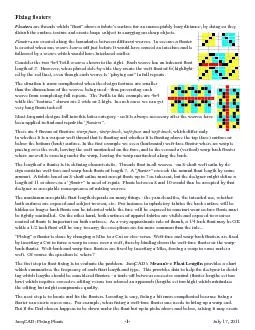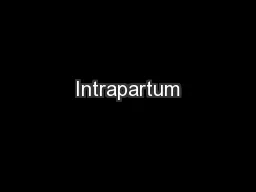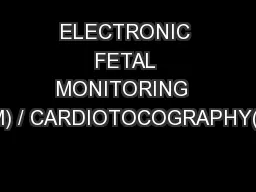PPT-Chapter 16 CTG
Author : olivia-moreira | Published Date : 2016-09-12
Dr Areefa Albahri 2 FHR as a screening test Intrapartum FHR monitoring is a screening test that provides information to alert the clinician that a true test for
Presentation Embed Code
Download Presentation
Download Presentation The PPT/PDF document "Chapter 16 CTG" is the property of its rightful owner. Permission is granted to download and print the materials on this website for personal, non-commercial use only, and to display it on your personal computer provided you do not modify the materials and that you retain all copyright notices contained in the materials. By downloading content from our website, you accept the terms of this agreement.
Chapter 16 CTG: Transcript
Download Rules Of Document
"Chapter 16 CTG"The content belongs to its owner. You may download and print it for personal use, without modification, and keep all copyright notices. By downloading, you agree to these terms.
Related Documents














